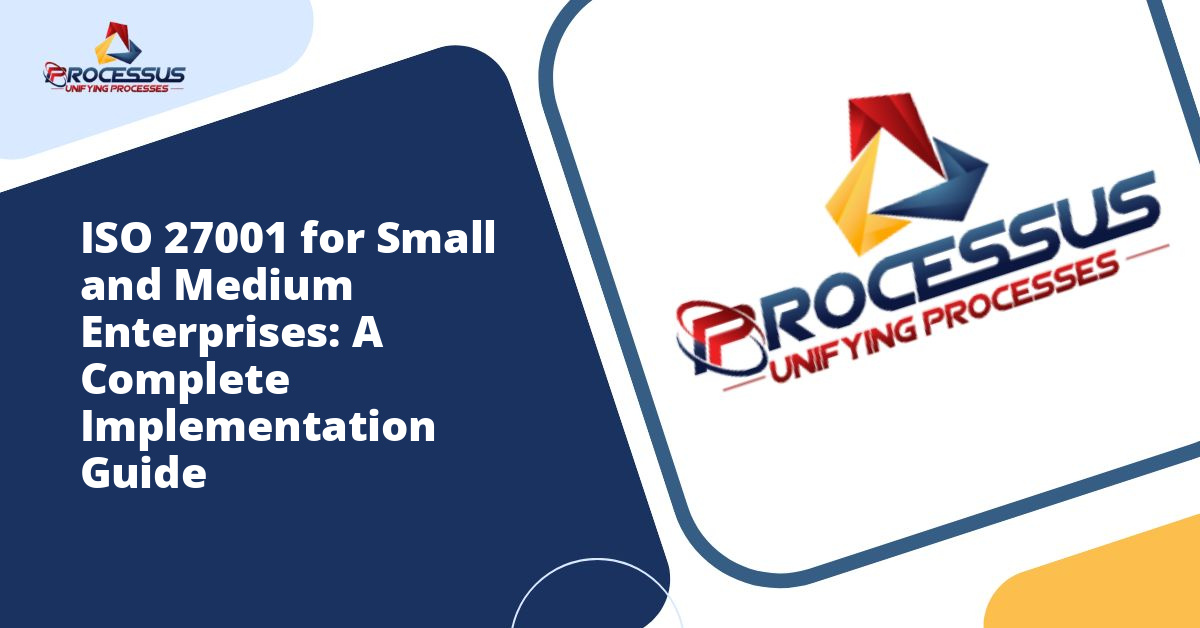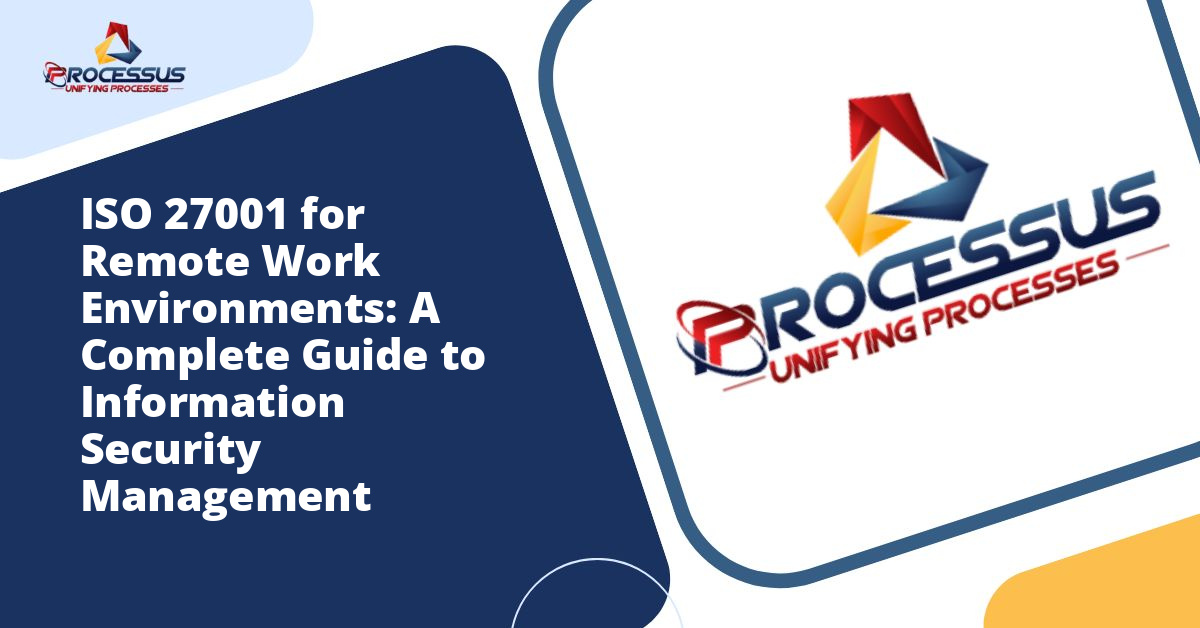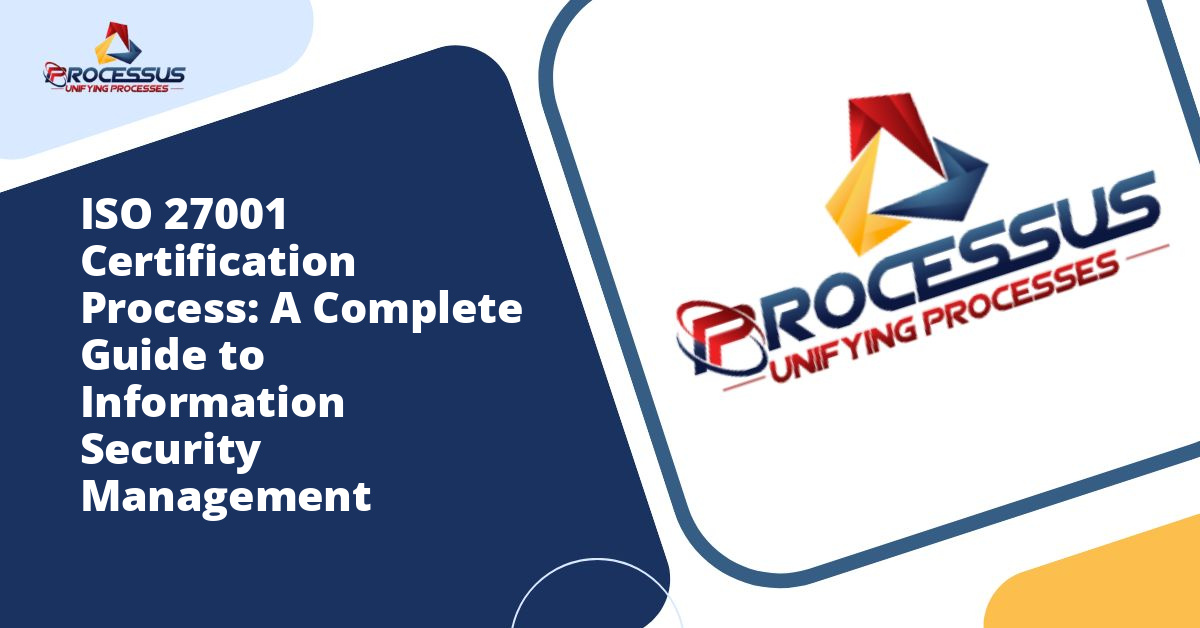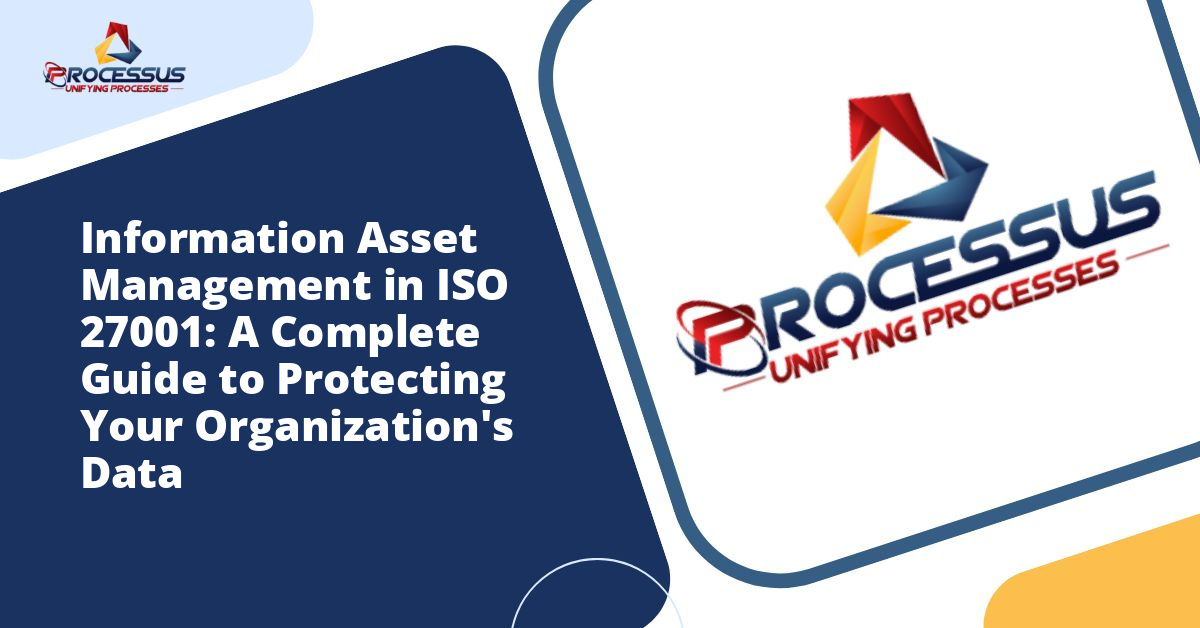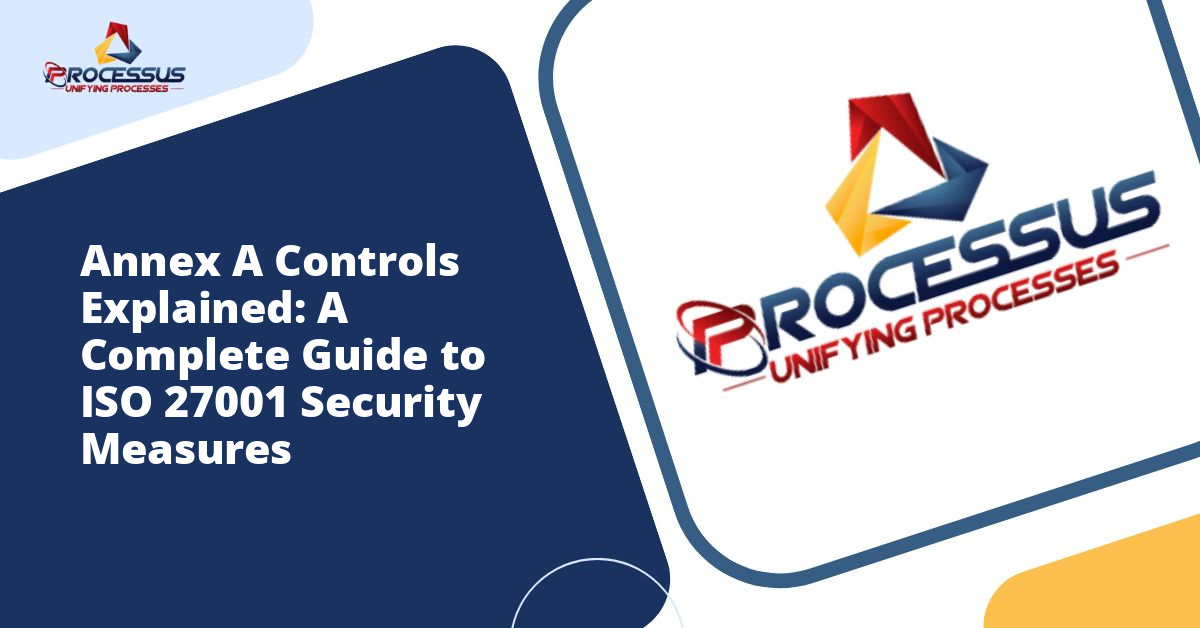In today’s digital landscape, information security has become a critical concern for businesses of all sizes. While large corporations have traditionally led the way in implementing robust security frameworks, small and medium enterprises (SMEs) are increasingly recognizing the importance of formal information security management systems. ISO 27001, the international standard for information security, offers a comprehensive framework that can help SMEs protect their valuable data assets and build trust with customers and partners.
This guide explores how small and medium enterprises can successfully implement ISO 27001, addressing common challenges, benefits, and practical strategies for achieving certification without overwhelming limited resources. You might also enjoy reading about ISO 27001 Information Security Management System.
Understanding ISO 27001 and Its Relevance to SMEs
ISO 27001 is an internationally recognized standard that provides a systematic approach to managing sensitive company information. The standard encompasses people, processes, and technology, creating a comprehensive framework for establishing, implementing, maintaining, and continually improving an Information Security Management System (ISMS). You might also enjoy reading about Annex A Controls Explained: A Complete Guide to ISO 27001 Security Measures.
For small and medium enterprises, this standard serves as more than just a compliance checkbox. It represents a strategic approach to protecting business-critical information, including customer data, intellectual property, financial records, and employee information. In an era where data breaches can devastate a company’s reputation and financial stability, ISO 27001 provides a roadmap for building resilience against cyber threats. You might also enjoy reading about ISO 27001 Implementation: Your Complete 12-Month Roadmap to Information Security Certification.
The Growing Importance of Information Security for SMEs
Many small business owners mistakenly believe that cybercriminals only target large corporations. However, statistics consistently show that SMEs are increasingly vulnerable to cyberattacks. Hackers often view smaller businesses as easier targets due to their typically less sophisticated security measures and limited IT resources. A successful breach can result in financial losses, legal consequences, customer attrition, and irreparable damage to brand reputation.
Beyond the defensive benefits, ISO 27001 certification has become a competitive differentiator in many industries. Larger clients and partners often require their vendors to demonstrate robust security practices. Achieving ISO 27001 certification can open doors to new business opportunities that might otherwise remain closed to uncertified competitors.
Key Benefits of ISO 27001 for Small and Medium Enterprises
Implementing ISO 27001 delivers numerous advantages that extend far beyond basic security improvements. Understanding these benefits helps SMEs appreciate the value proposition and justify the investment required for implementation.
Enhanced Security Posture
The most obvious benefit is the significant improvement in overall security. ISO 27001 requires organizations to conduct thorough risk assessments, identifying vulnerabilities and implementing appropriate controls. This systematic approach ensures that security measures are proportionate to actual risks rather than based on assumptions or incomplete information.
The standard covers a broad spectrum of security domains, including access control, cryptography, physical security, operations security, communications security, and incident management. By addressing these areas comprehensively, SMEs create multiple layers of defense against potential threats.
Regulatory Compliance
Many industries face increasingly stringent regulatory requirements regarding data protection. Regulations such as the General Data Protection Regulation (GDPR) in Europe, the California Consumer Privacy Act (CCPA) in the United States, and various sector-specific requirements impose significant obligations on businesses handling personal information.
ISO 27001 provides a framework that helps organizations meet many of these regulatory requirements. While certification does not automatically guarantee compliance with all regulations, it demonstrates a commitment to information security best practices and provides documented evidence of security measures, which can be invaluable during regulatory audits.
Competitive Advantage
In markets where trust and security are paramount, ISO 27001 certification serves as a powerful differentiator. Many procurement processes, particularly in technology, finance, and healthcare sectors, now require vendors to demonstrate formal security certifications. For SMEs competing against larger companies or seeking to work with enterprise clients, certification can level the playing field.
The certification also provides marketing advantages. Businesses can display the ISO 27001 logo on their websites, marketing materials, and proposals, signaling to potential customers that information security is taken seriously. This visible commitment to security can be a decisive factor when customers choose between competing vendors.
Operational Efficiency
While security is the primary focus, ISO 27001 implementation often reveals operational inefficiencies and opportunities for improvement. The process of documenting procedures, clarifying responsibilities, and establishing clear processes can streamline operations and reduce errors. Better-defined processes lead to more consistent service delivery and can reduce costs associated with security incidents and operational mistakes.
Improved Risk Management
ISO 27001 embeds risk management into organizational culture. By requiring regular risk assessments and treatment plans, the standard helps SMEs adopt a proactive rather than reactive approach to security. This shift in mindset extends beyond IT security, often influencing how organizations approach business risks more broadly.
Common Challenges SMEs Face When Implementing ISO 27001
Despite the clear benefits, small and medium enterprises often encounter specific challenges when pursuing ISO 27001 certification. Recognizing these obstacles allows organizations to prepare appropriately and develop strategies to overcome them.
Limited Resources
The most frequently cited challenge is resource constraint. SMEs typically operate with lean teams where individuals wear multiple hats. Dedicating time and personnel to ISO 27001 implementation can strain existing capacity. Additionally, the financial investment required for consulting services, training, technology upgrades, and certification audits can seem daunting for businesses with tight budgets.
Complexity and Documentation Requirements
ISO 27001 requires substantial documentation, including policies, procedures, risk assessments, and records of various security activities. For organizations without established documentation practices, this requirement can appear overwhelming. The standard’s comprehensive nature means that many aspects of business operations need to be examined, documented, and controlled.
Lack of Expertise
Information security is a specialized field, and many SMEs lack in-house expertise in security management systems or ISO standards. Understanding the standard’s requirements, conducting proper risk assessments, and implementing appropriate controls requires knowledge that may not exist within the organization. This gap often necessitates external consultation or training, adding to implementation costs.
Cultural Resistance
Implementing ISO 27001 requires changes to how people work. Employees may resist new procedures, viewing them as bureaucratic obstacles rather than necessary security measures. Creating a security-conscious culture where everyone understands their role in protecting information can be challenging, particularly in organizations where security has historically been viewed solely as an IT responsibility.
Step-by-Step Guide to Implementing ISO 27001 in SMEs
Successfully implementing ISO 27001 requires a structured approach. While each organization’s journey will be unique, the following framework provides a practical roadmap for SMEs pursuing certification.
Step 1: Gain Management Commitment and Support
Successful implementation begins with committed leadership. Top management must understand the business case for ISO 27001, approve necessary resources, and actively support the initiative. This support should be visible throughout the organization, demonstrating that information security is a business priority rather than merely an IT concern.
Leadership should appoint a project champion or ISMS manager who will coordinate implementation efforts. This individual needs sufficient authority, time allocation, and resources to drive the project forward.
Step 2: Define the ISMS Scope
Determining the scope of your ISMS is a critical early decision. The scope defines which parts of your organization, which locations, which information assets, and which processes will be covered by the ISMS. For SMEs, starting with a focused scope that covers the most critical areas can make implementation more manageable and affordable.
The scope should be documented clearly, explaining what is included and excluded, along with justifications for any exclusions. Consider factors such as business objectives, organizational structure, locations, assets, and technology when defining scope.
Step 3: Conduct a Comprehensive Risk Assessment
Risk assessment forms the foundation of ISO 27001. This process involves identifying information assets, determining potential threats and vulnerabilities, assessing the likelihood and impact of security incidents, and evaluating existing controls.
For SMEs without extensive risk assessment experience, simplified methodologies can provide adequate results. The key is to be systematic and thorough within your defined scope. Document all assets, including data, hardware, software, personnel, facilities, and reputation. For each asset, identify what could go wrong, how likely it is to occur, and what the consequences would be.
Step 4: Develop a Risk Treatment Plan
Based on your risk assessment, develop a plan for addressing identified risks. ISO 27001 recognizes four risk treatment options: implementing controls to reduce risk, accepting the risk, avoiding the risk by discontinuing the associated activity, or transferring the risk to another party through insurance or outsourcing.
Your risk treatment plan should prioritize risks based on their severity and select appropriate controls from Annex A of ISO 27001 or other sources. The plan should be practical and proportionate, recognizing your organization’s resource constraints while adequately addressing significant risks.
Step 5: Create Required Documentation
ISO 27001 requires various documents and records, though the standard emphasizes that documentation should be appropriate to the organization’s size and complexity. Essential documents include the ISMS scope, information security policy, risk assessment methodology, risk assessment report, risk treatment plan, Statement of Applicability (SoA), and various procedures and records.
For SMEs, documentation should be practical and usable rather than voluminous. Templates and simplified approaches can help create adequate documentation without excessive bureaucracy. Focus on making documents useful working tools rather than shelf-ware created solely for auditor review.
Step 6: Implement Security Controls
With planning complete, begin implementing the security controls identified in your risk treatment plan. This phase often involves a combination of technical implementations, procedural changes, and training activities.
Implementation should be phased and prioritized based on risk levels and available resources. Quick wins that address significant risks with minimal investment should be tackled early to demonstrate progress and build momentum. More complex or resource-intensive controls can be scheduled according to a realistic timeline.
Step 7: Train and Raise Awareness
People are often the weakest link in security. Comprehensive training ensures that all personnel understand their security responsibilities and how to follow established procedures. Training should be role-specific, with depth appropriate to each person’s responsibilities.
Beyond formal training, ongoing awareness activities help maintain security consciousness. Regular communications, reminders, simulated phishing exercises, and updates on emerging threats keep security top of mind.
Step 8: Monitor, Measure, and Improve
ISO 27001 requires organizations to monitor and measure ISMS performance. Establish key performance indicators (KPIs) and metrics that provide insight into security effectiveness. Regular monitoring helps identify problems early and demonstrates the value of your security investments.
Conduct internal audits to verify that the ISMS operates as intended and complies with ISO 27001 requirements. These audits identify nonconformities that must be addressed before certification audits. Management reviews, conducted at planned intervals, ensure top management remains engaged and makes necessary decisions about ISMS direction and resources.
Step 9: Pursue Certification
When your ISMS has been operating effectively for several months and internal audits confirm compliance, you are ready for certification. Select an accredited certification body to conduct your certification audit. The audit typically consists of two stages: a documentation review and an on-site assessment of ISMS implementation and effectiveness.
Certification audits can be stressful, but thorough preparation reduces anxiety. Ensure all required documents are complete and accessible, personnel understand their roles, and evidence of ISMS operation is available. Treat the audit as a learning opportunity rather than merely a test to pass.
Making ISO 27001 Practical and Affordable for SMEs
While ISO 27001 implementation requires investment, several strategies can make certification more accessible for resource-constrained SMEs.
Start Small and Scale
Begin with a limited scope covering your most critical assets and processes. As your ISMS matures and resources allow, expand the scope to cover additional areas. This phased approach spreads costs over time and allows your team to gain experience before tackling more complex areas.
Leverage Technology Wisely
Many affordable technology solutions can support ISO 27001 compliance. Cloud-based ISMS software can help manage documentation, track risks, and schedule audits and reviews. Security tools such as antivirus software, firewalls, and backup solutions are increasingly affordable and user-friendly. Open-source options exist for many security requirements, though adequate support and expertise are essential when choosing free tools.
Consider External Support Strategically
While hiring consultants adds cost, strategic use of external expertise can accelerate implementation and avoid costly mistakes. Consider engaging consultants for specific tasks such as initial gap analysis, risk assessment methodology development, or pre-certification readiness reviews, while handling routine implementation tasks internally.
Integrate with Existing Systems
If your organization already has other management systems such as ISO 9001 for quality management, integrate your ISMS with these existing frameworks. Many processes such as document control, internal audits, and management reviews can be shared across multiple management systems, reducing duplication and administrative burden.
Focus on Proportionate Controls
ISO 27001 does not mandate specific controls for all organizations. Select controls appropriate to your actual risks and organizational context. Simple, practical controls that are consistently applied are more effective than sophisticated measures that are too complex to maintain.
Maintaining Certification and Continuous Improvement
Achieving ISO 27001 certification is an important milestone, but maintaining the ISMS requires ongoing commitment. Certification is valid for three years, with surveillance audits typically conducted annually. Between audits, organizations must continue operating and improving their ISMS.
Treat your ISMS as a living system that evolves with your business and the threat landscape. Regular risk assessments should consider new technologies, business changes, and emerging threats. Security controls should be updated as needed to remain effective. Continuous improvement, a core principle of ISO 27001, ensures that your security posture strengthens over time rather than stagnating.
Establish feedback mechanisms that allow employees, customers, and partners to report security concerns or suggest improvements. Many security enhancements come from frontline staff who notice vulnerabilities or inefficiencies in daily operations.
Conclusion
ISO 27001 certification represents a significant achievement for small and medium enterprises, demonstrating commitment to information security best practices and providing a structured framework for protecting valuable information assets. While implementation requires investment of time, money, and effort, the benefits extend far beyond basic security improvements to include competitive advantages, regulatory compliance, operational efficiencies, and enhanced customer trust.
SMEs face unique challenges when pursuing certification, particularly regarding limited resources and expertise. However, with proper planning, management commitment, and strategic approaches to implementation, these challenges can be overcome. By starting with appropriate scope, leveraging affordable technologies, and focusing on practical rather than perfect solutions, small and medium enterprises can successfully achieve and maintain ISO 27001 certification.
In an increasingly interconnected and threat-filled digital environment, information security can no longer be viewed as optional or relevant only to large corporations. For SMEs seeking to grow, compete effectively, and protect their stakeholders, ISO 27001 provides a proven framework that scales to organizational size while delivering enterprise-grade security management. The journey may be challenging, but the destination offers rewards that extend throughout the organization and into the broader business ecosystem.

